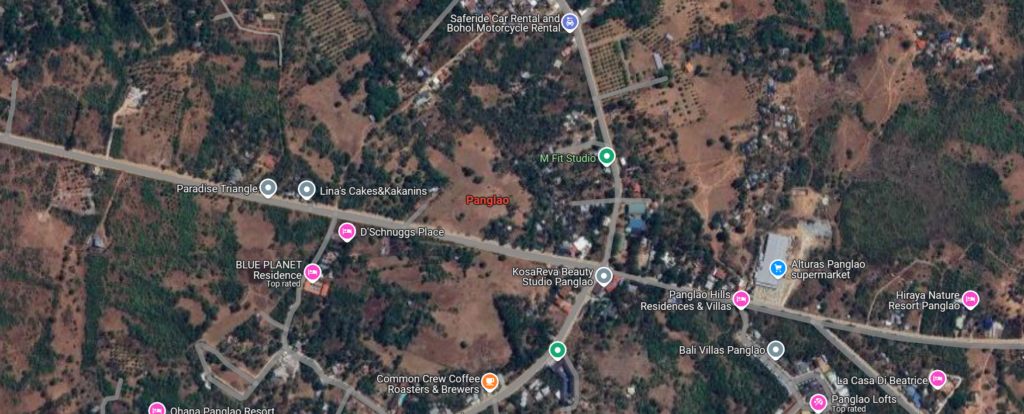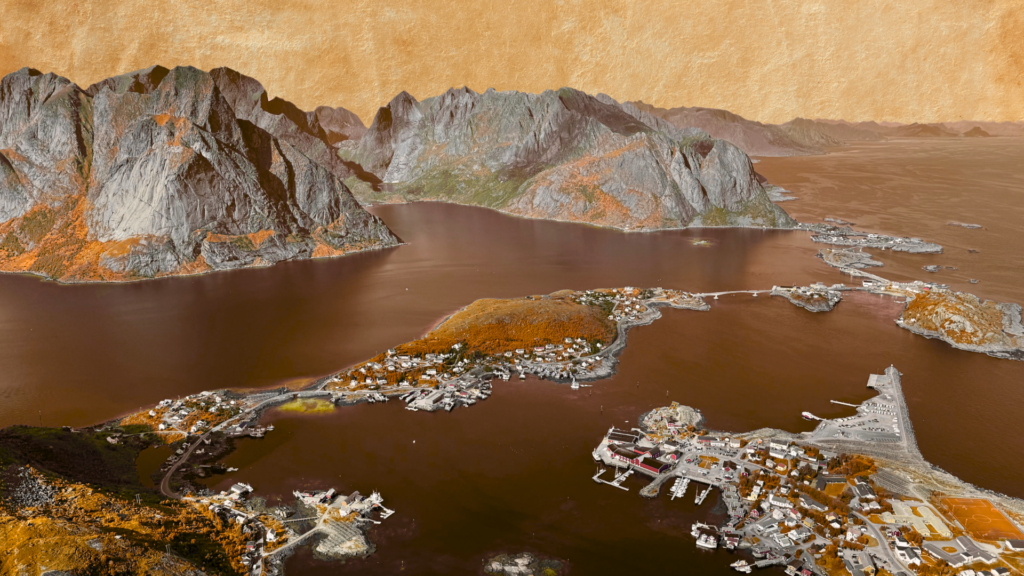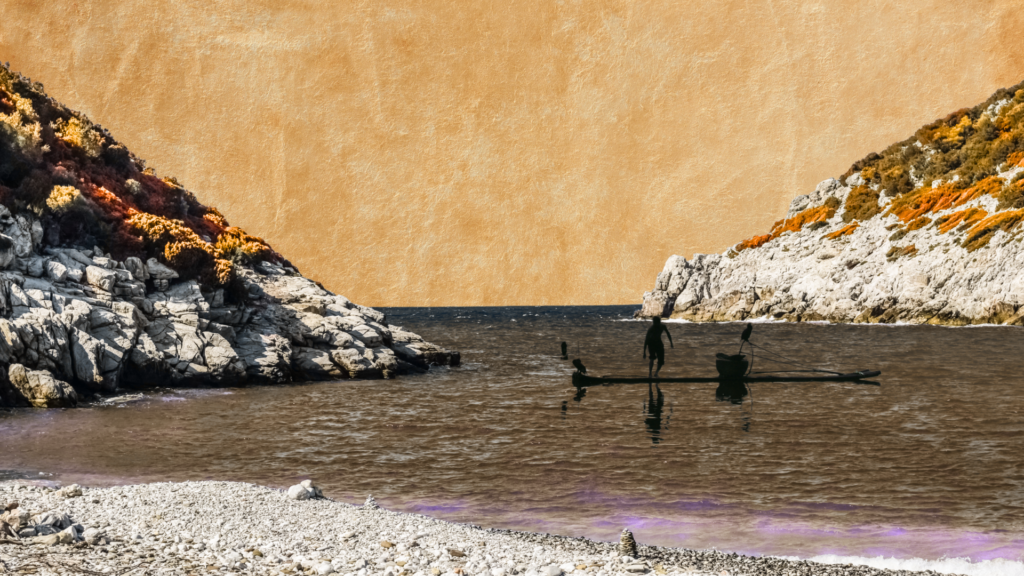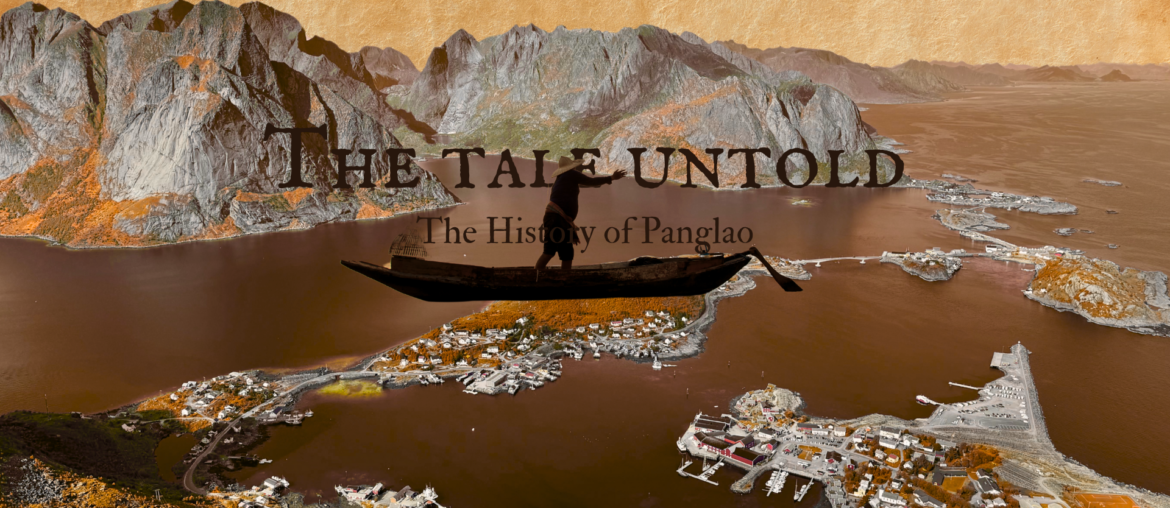Panglao may echo solitude, but in the heart of Bohol, it’s a vibrant symphony of culture, history, and island allure.

A picturesque island located in the southwest of Bohol, Philippines, Panglao is the destination. The name “Panglao” immediately pops up images of breathtaking beaches and a tropical paradise, but few know its true origin and meaning. Exploring the development behind Panglao’s name, examining whether Bohol, its home province, deserves its occasional reputation as a secluded destination. As the question arises, is there more to this Island than the name implies? Or is Panglao truly a lonely place? Through facts and cultural insights, we’ll uncover the truth about this captivating part of the Philippines.
“Hooked” On Panglao’s History
The name “Panglao” has two compelling origin theories that reflect the island’s early history. The first claim suggests it likely comes from panggaw, a native fish-catching tool, as Spaniards mistook it for the island’s name. Another more romanticized theory is that they called it Mapanglao, meaning “lonesome place,” possibly describing how early settlers or colonizers perceived the Island’s peaceful geography. Before Spanish colonization, historical records indicate that Panglao was already a thriving settlement with active trade connections across Southeast Asia. Spanish explorers had reached Panglao in search of fresh water. The Island’s strategic location made it a significant stopover for both local and international traders throughout the centuries.

Lonely Is A Mis-shore-ception
Loneliness is often mistaken for a reputation that Bohol has, which is sometimes perceived as a peaceful paradise, but in reality, there are different takes on what this paradise means. While the province of Bohol offers a variety of serene landscapes and breathtaking beaches, it also reflects its vibrant cultural energy and warm hospitality. Bohol is a peaceful yet lively island, known for its warm hospitality and rich traditions, not isolation. Knowing the truth behind Panglao’s name and the character of Bohol is essential, as it helps preserve the cultural heritage and historical significance of these places.

Photo by Silver Delada via Canva
Based on the fishing origins suggested by “Panglao’s” name, it highlights how maritime culture shaped the region’s development. For locals, this knowledge fosters pride in their heritage, while for visitors, it deepens their appreciation of Bohol beyond its postcard-perfect scenery. Debunking misconceptions can encourage more visitors to experience Bohol’s unique blend of natural wonders and rich traditions. Recognizing that Bohol’s tranquility isn’t loneliness but rather a different rhythm of life helps promote more meaningful tourism experiences.

The culture and history provide fascinating insights into Bohol’s story and the exploration of Panglao’s name. While the term “Panglao” is suggested to have originated from isolation or fishing traditions, modern Bohol is much more vibrant than it was in the past. A province where you can see a balance between cultural life and natural beauty, which offers visitors the best of both. So, the next time you hear “Panglao,” remember it represents not isolation, but a gateway to one of the Philippines’ most captivating and culturally rich destinations.



Comments are closed.